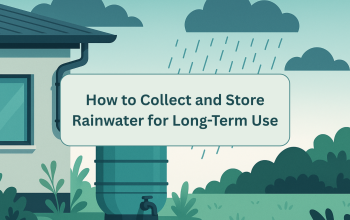The Ultimate Guide to Prepping for Long–Term Food Storage
In an unpredictable world, securing a reliable food supply is a cornerstone of survival preparedness. Whether facing natural disasters like hurricanes or floods, economic instability, or prolonged power outages, a well-planned long-term food storage system can keep your family nourished and self-sufficient.
Let’s dive into why long-term food storage matters, what to stock, how to store it, and more.
Why Long–Term Food Storage Matters
Long-term food storage goes beyond convenience—it’s a lifeline when the unexpected strikes. Here’s why it’s a must for any prepper:
Let’s explore how to build your food fortress, step by step.
1. Best Foods for Long–Term Storage
The foundation of your stockpile lies in choosing foods that last, nourish, and adapt to your needs. Here’s a breakdown of top picks, with unique insights to maximize their value:
Staple Dry Goods (Shelf Life: 25+ Years)
These are the heavy hitters of long-term storage—affordable, calorie-rich, and versatile:
Pro Tip: Store in small batches to avoid losing an entire supply to pests or moisture.
Freeze–Dried and Dehydrated Foods
Lightweight and nutrient-packed, these are game-changers for long-term prepping:
Unique Insight: Mix freeze-dried berries into oatmeal for a morale-boosting treat during tough times.
Canned Goods (Shelf Life: 2–5 Years)
Convenient and ready-to-eat, these bridge short- and mid-term needs:
Watch Out: Check cans for dents or rust annually to avoid spoilage risks.
Baking Essentials
Turn staples into meals with these long-lasting ingredients:
Hack: Mix honey with powdered milk for an instant energy drink.
2. Storage Methods and Containers
Your food’s longevity hinges on how you store it. Here’s how to protect your investment:
Ideal Storage Conditions
Best Storage Containers
Labeling Tip: Mark every container with contents and pack date—sharpies on painter’s tape work wonders.
3. Rotation and Inventory Management
A stagnant stockpile is a wasted one. Keep it fresh with these strategies:
Bonus Tip: Turn rotation into a family drill—cook a meal with “expiring” stock to test your skills.
4. Nutritional Balance in Stored Food
Calories keep you alive, but nutrition keeps you thriving. Balance your stockpile:
Unique Idea: Grow sprouts from stored lentils for fresh vitamins in a pinch—no soil needed.
5. DIY Food Preservation Techniques
Stretch your resources by preserving food yourself:
6. Emergency Cooking and Water Needs
No power? No problem. Be ready to cook and hydrate:
Essential Off–Grid Cooking Gear
Water Storage and Purification
Pro Tip: Store water in cleaned 2-liter soda bottles—cheap and stackable.
Frequently Asked Questions (FAQs)
Q: How long will my stored food last?
A: Dry goods like rice can hit 25–30 years with proper care; canned items average 2–5 years.
Q: Do I need a freezer for long–term storage?
A: Nope! Freeze-dried and dehydrated options shine in no-power situations.
Q: What foods should I skip?
A: High-moisture items (fresh apples), oily grains (brown rice), and dairy spoil fast.
Conclusion
Long-term food storage isn’t just prepping—it’s a lifestyle of readiness and resilience. At Survival Siren, we’re here to guide you through selecting durable foods, mastering storage techniques, and keeping your stockpile fresh. Start small: grab some rice, a Mylar bag, and a plan. Build from there. You’ve got this!
What’s your go-to prepping trick? Drop it in the comments—we’d love to hear from you!



